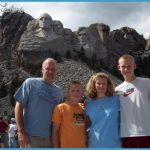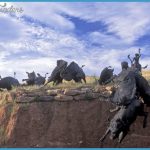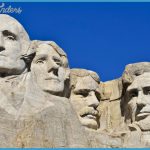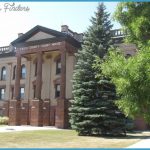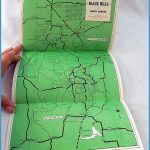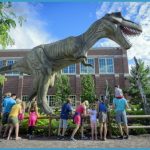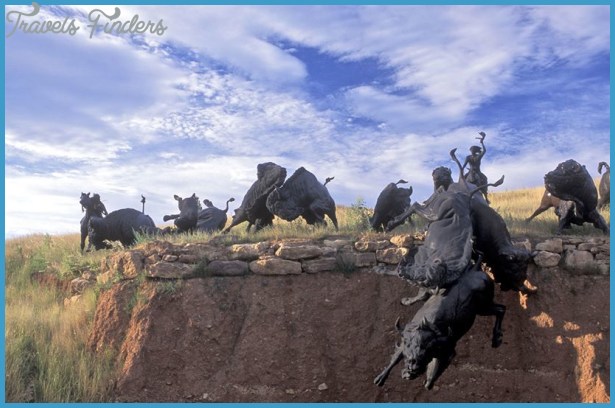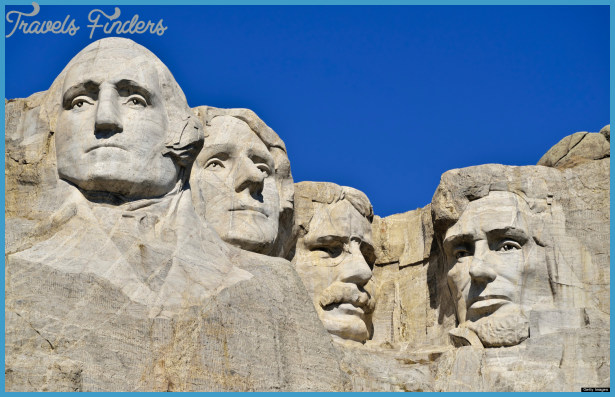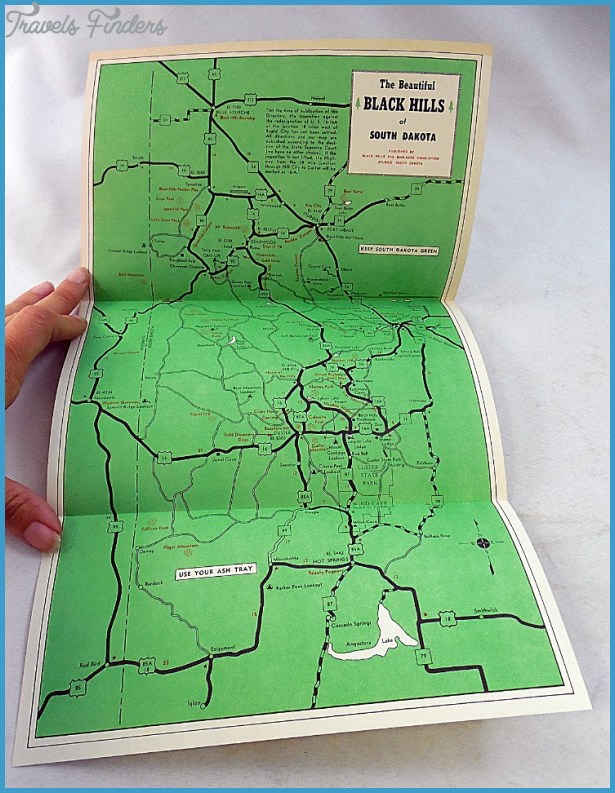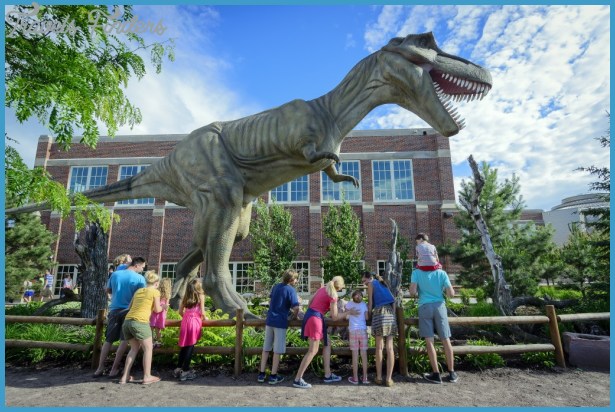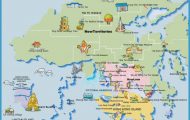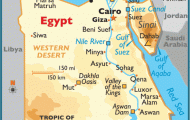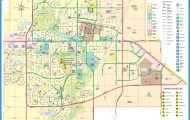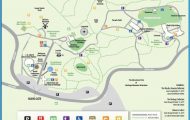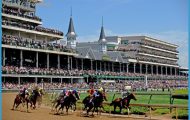South Dakota cultural contributions
As testimony to the Latino history of the state, many places in South Dakota have names of Spanish origin, including Fort Manuel, named after Latino explorer Manuel Lisa; Hermosa, which means gorgeous; and Boneita Springs, a corruption of bonita; and Bonilla, believed to have been named by William Kelley, division superintendent of the Milwaukee railroad, in honor of General Manuel Bonilla, who was the president of Honduras at the time. According to one version, the town of Delmont was derived from Delmonte (from the hillside), which was a popular chain of cafes in the country at the time. The town of Pedro is named after the card game supposedly invented by Pedro Carlos in Mision San Juan Bautista in California. One of the early townships in South Dakota was called Eldorado (the golden). There are also bodies of water of Spanish origin: Boneita Lake, Alcazar Lake, and Chamano Lake.
Boneita is a local corruption for bonita; alcazar, which is Arabic for the castle, entered English via the Spanish language; chamano is colloquial Spanish for shaman. Mexican Creek was named after Mexican Ed Sanchez, who had a rank of this creek (which runs from Haakon County to Ash Creek) and who was murdered there. Many of the mines in South Dakota were given Spanish or Latin names: Plumbago (graphite), Oro Fino (fine gold), Alma (soul), Bonanza (success), Clara Nevada (clear and snow-covered), Eldorado (golden), El Refugio (the refuge), Mercedes, and Esmerelda (corruption of esmeralda, or emerald), while others evoked the Spanish American world with names like Inca and Montezuma. Several place names are both Latin and Spanish, including Alta (high), Corona (crown), Galena (iron ore), Plano (flat), and Pluma (feather). There is also a town named Spain.
Despite its small size, the South Dakotan Latino community has made many contributions to the state. As explorers, settlers, railroad workers, farm laborers, construction workers, university professors, medical doctors, and other professionals, Latinos have been a permanent presence in the state of South Dakota since its earliest days.
The cultural center of the South Dakotan Latino community is Sioux Falls. Latino businesses in the city include the Tienda y Taquerla America, a Mexican and Salvadoran grocery store and coffee shop; Jalisco Taco Wagon; Puerto Vallarta Restaurant; and Polo’s Mexican Grocery Store, among others.
Religious life in the Sioux Falls Latino community is primarily Christian. At least three churches offer masses in Spanish, including Holy Redeemer Church, as well as Our Lady of Guadalupe Catholic Church, which was founded in 1996 to cater
specifically to the Latino community and which draws some 300 Spanish-speaking worshippers for mass. A few Latino Muslims are spread throughout the state, with some attending mosques in Sioux Falls and Brookings. Considering that the number of Latino Muslims in the United States has grown to more than 200,000, this comes as no surprise. Wherever there are Latinos, there are Catholics, Protestants, some occasional Jews, and an increasing number of Muslim converts.
In the field of social services, many have come forth, both Latino and nonLatino, to cater to the Latino community. Lutheran Social Services has played a primordial role in serving the Spanish-speaking community, as well as Caminando Juntos, a Hispanic ministry organized by the Sisters of Presentation College. The Dakota Chicano/Hispanic Community Center provides legal and immigration services to the Latino community, and the Multicultural Center of Sioux Falls organizes various activities.

